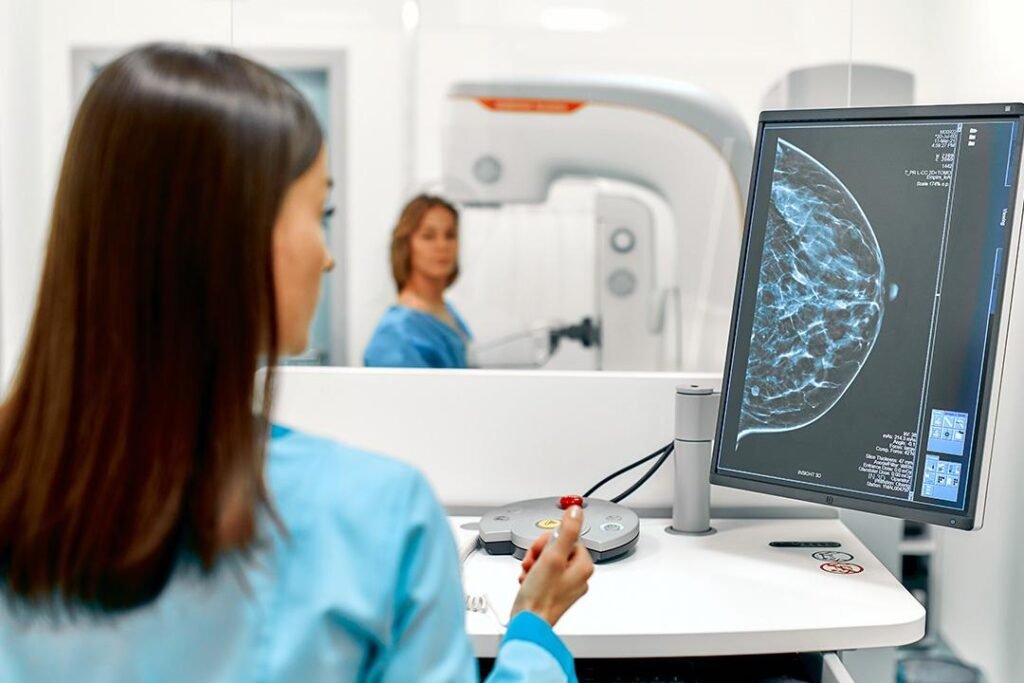Imagine slashing your medical imaging costs while keeping everything secure and easy to access.
A PACS cloud solution does exactly that. It’s a modern way to store and manage medical images, like X-rays or MRIs, without the hassle of physical servers.
In this article, you’ll see how switching to a cloud-based PACS saves money and improves your workflow. Let’s dive into the cost benefits.
What Is a PACS Cloud Solution?
A PACS, or Picture Archiving and Communication System, stores and shares medical images.
A cloud-based PACS moves this system online, so you don’t need expensive hardware.
Instead, images are stored securely on remote servers. This setup cuts costs and makes accessing images easier for doctors and staff. Below, we’ll explore why this matters for your budget.
Lower Upfront Costs
Traditional PACS systems require you to buy costly servers and equipment. These can cost anywhere from $50,000 to $200,000, depending on your practice’s size.
With a cloud PACS, you skip these expenses. You pay a subscription, often monthly, which is much easier on your wallet.
For example, a small clinic might spend only $500-$1,000 monthly on a cloud solution, compared to a huge upfront investment.
This subscription model spreads costs over time. You don’t need to worry about saving up for big purchases.
Plus, the provider handles maintenance, so you avoid unexpected repair bills. This means more predictable budgeting for your practice.
Reduced IT and Maintenance Expenses
Running an on-site PACS means hiring IT staff to manage servers, fix issues, and update software.
According to industry data, IT maintenance for traditional PACS can cost $10,000-$30,000 annually.
A cloud PACS eliminates most of these expenses. The provider takes care of updates, security, and technical issues, so you don’t need a full-time IT team.
For example, a medium-sized hospital using a cloud PACS reported saving 20% on IT costs yearly.
You get expert support without the extra payroll. This lets you focus on patient care, not server upkeep.
| Cost Type | Traditional PACS | Cloud PACS |
| Upfront Hardware Costs | $50,000-$200,000 | $0 |
| Annual IT Maintenance | $10,000-$30,000 | Included |
This table shows how a cloud PACS cuts major expenses.
Scalability Saves You Money
Your practice might grow, needing more storage or users. With a traditional PACS, scaling up means buying more hardware, which gets expensive fast. A cloud PACS is flexible.
You only pay for what you use. If you need more storage for images, you can adjust your plan without buying new equipment. This scalability keeps costs low as your needs change.
For instance, a growing radiology clinic can add storage for a small fee, avoiding a $20,000 server upgrade. This flexibility ensures you’re not overpaying for unused capacity.
Improved Efficiency, Lower Labor Costs
A cloud PACS streamlines your workflow. Doctors can access images from anywhere—home, office, or even on the go.
This speed reduces the time spent retrieving or sharing images. A 2023 study found that cloud PACS users saved an average of 10 hours per week on administrative tasks. Fewer hours mean lower labor costs or more time for patient care.
You also avoid delays from system downtime. Cloud providers ensure 99.9% uptime, so your team stays productive. More efficiency means more savings.
Enhanced Security Without Extra Costs
Security is critical for medical images. A cloud PACS includes built-in features like encryption and backups.
These protect patient data without you spending extra on cybersecurity tools.
Traditional systems often require separate investments for firewalls or backup drives, costing thousands.
Cloud providers handle compliance with regulations like HIPAA, saving you from costly fines or breaches.
For example, a breach in a traditional PACS could cost $1 million in damages. With a cloud PACS, robust security is part of the package, giving you peace of mind.
Energy and Space Savings
On-site servers need power and cooling, which hikes up utility bills. A single server rack can consume $5,000 in electricity annually. Cloud PACS eliminates this by storing data off-site.
You also free up office space that servers would take, which you can use for patient rooms or other needs. These small savings add up, especially for smaller practices.
Long-Term Cost Benefits
Over time, a cloud PACS proves cheaper than traditional systems. A 2024 report estimated that practices save 30-50% over five years with cloud solutions.
This comes from lower hardware, IT, and energy costs, plus better efficiency. You can reinvest these savings into better equipment or staff training, improving your practice’s quality.
| Time Period | Traditional PACS Costs | Cloud PACS Costs | Savings |
| 1 Year | $70,000 | $12,000 | $58,000 |
| 5 Years | $350,000 | $60,000 | $290,000 |
These numbers highlight the long-term savings of cloud solutions.
Is a Cloud PACS Right for You?
Switching to a cloud PACS depends on your practice’s needs. If you want to cut costs, simplify IT, and improve access to images, it’s worth considering.
The savings in hardware, maintenance, and labor make it a smart choice for most clinics.
A PACS cloud solution could transform how you manage imaging while keeping your budget in check.

Frequently Asked Questions
Here are some common questions about cloud PACS systems.
How secure is a cloud PACS?
Cloud PACS providers use encryption and comply with regulations like HIPAA. This keeps your data safer than many on-site systems.
Can I access images from anywhere?
Yes, you can view images on any device with internet, making it easy for remote work or consultations.
What if my practice grows?
Cloud PACS scales easily. You adjust your plan to add storage or users without buying new hardware.
Ready to save with a cloud-based PACS? It’s a simple way to manage medical images while cutting costs and boosting efficiency.

